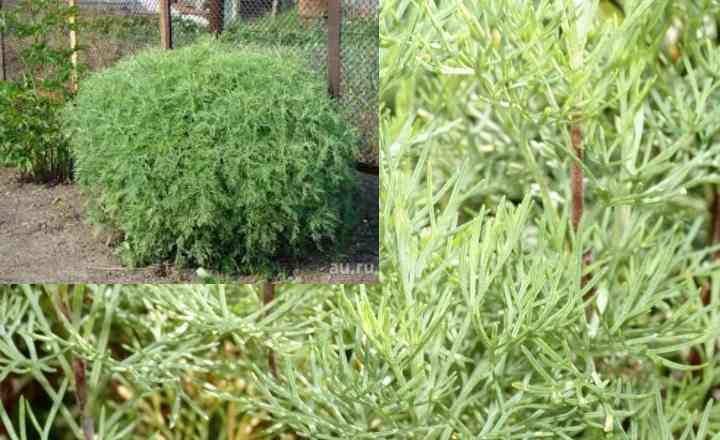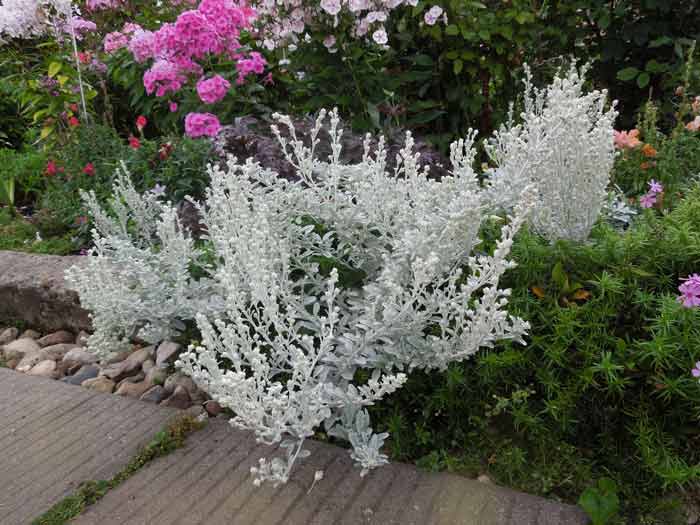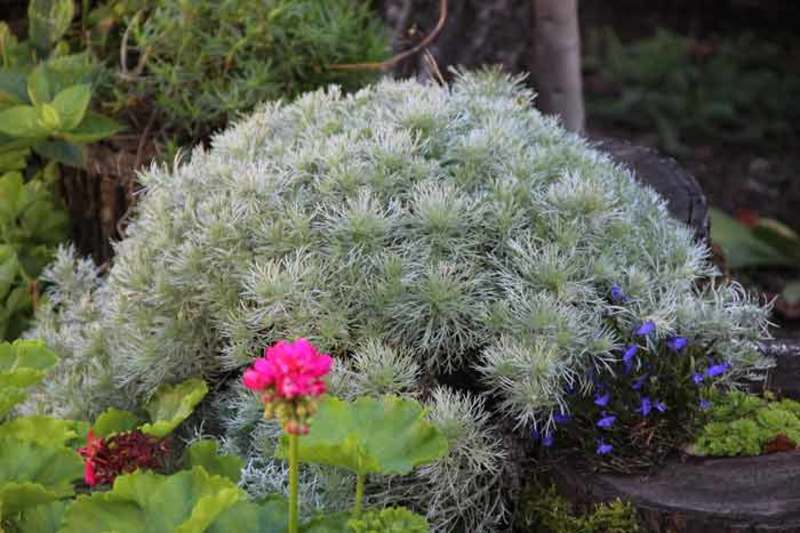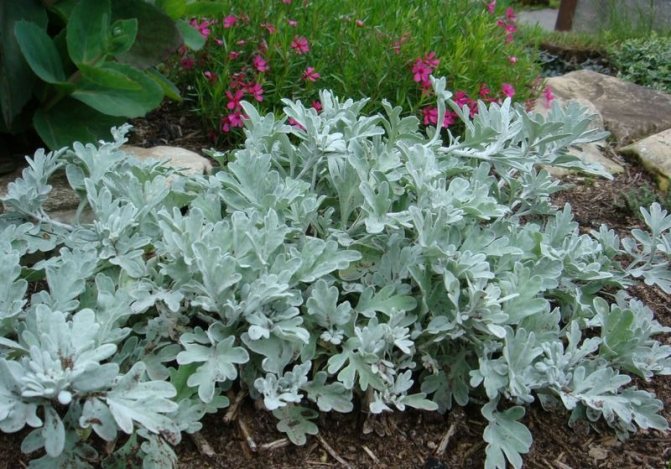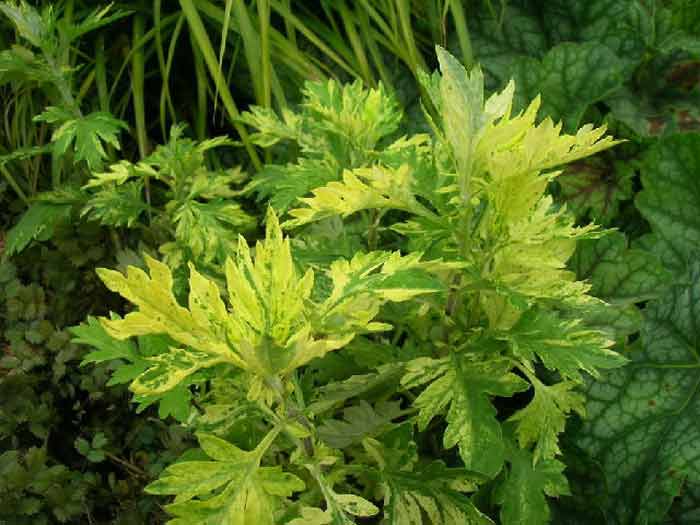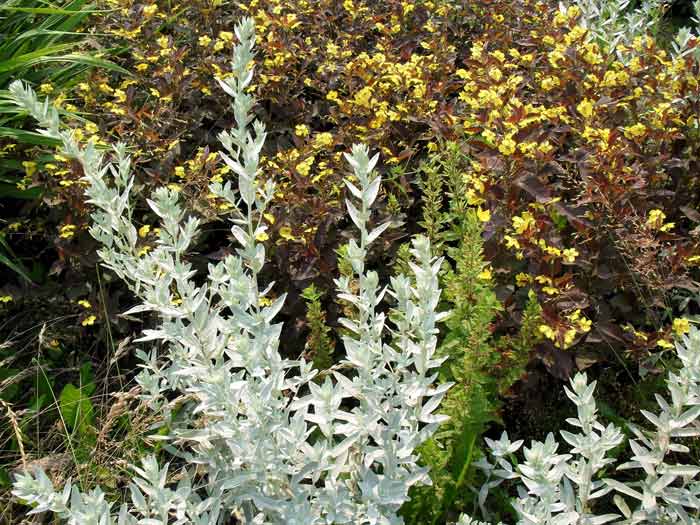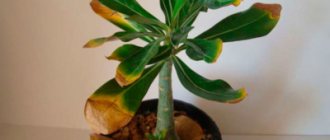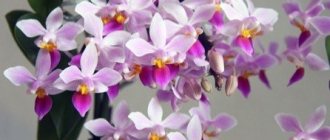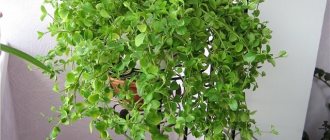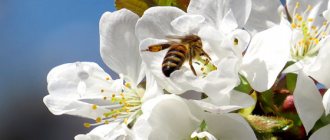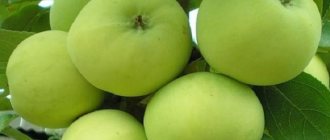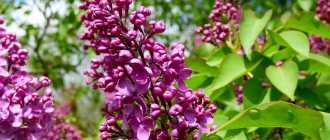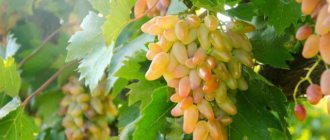I am a toxicomaniac, I love different smells. And it's not just about fragrant flowers. For example, conifers grow in front of our house (especially bastard from juniper - in the summer I am ready to sit with a book almost in the bushes of this plant). And in the backyard of the house is a sagebrush lawn.
During the visits of my mother and mother-in-law, I have to stand on a real guard, as my relatives consider the wormwood to be a weed and are trying to surreptitiously weed it out.
And I just love her scent, I associate it with spring. In addition, gray leaves make my yard not emasculated and artificial, but alive and real.
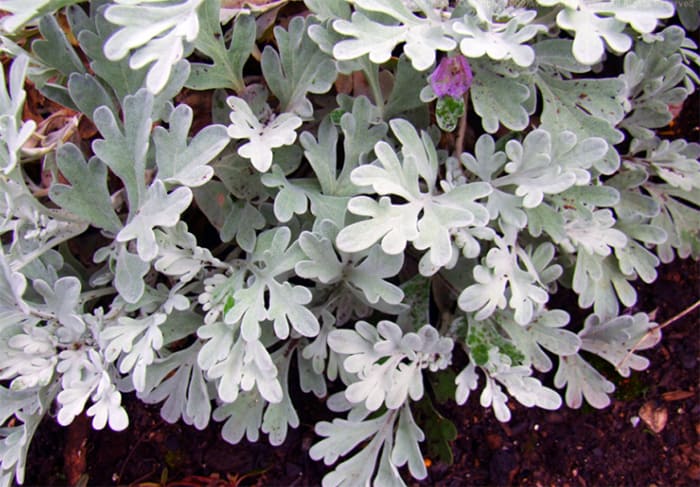
Unity of dissimilar
Among the wormwood there are annuals, biennials and perennials, there are both grasses and shrubs. Despite the fact that they belong to the Astrovye family, their flowers cannot boast of special decorativeness: small, inexpressive, collected in tiny inflorescences-baskets. But the leaves are the real highlight of this plant. In some species, they are silvery, sometimes even blue in color. The shape of the leaves is also very diverse, which can be either whole or cut. In addition, the wormwood foliage smells good.
Shrub variety
Biologists count over 250 varieties of bitter shrubs.
Here are some types of Louis Wormwood:
Artemisia. This species includes the following subspecies of shrubs:
- Artemisia Schmidt is a decorative perennial species. Not a tall bush - up to 30 cm. Unpretentious, frost-hardy and hardy for cutting;
- Artemisia Steller is a spreading shrub. Very grassy and covered with hairs, as if down;
- Artemisia Hybrid is a perennial with a long root. Grows up to 40 cm in height. Blooms in early autumn.
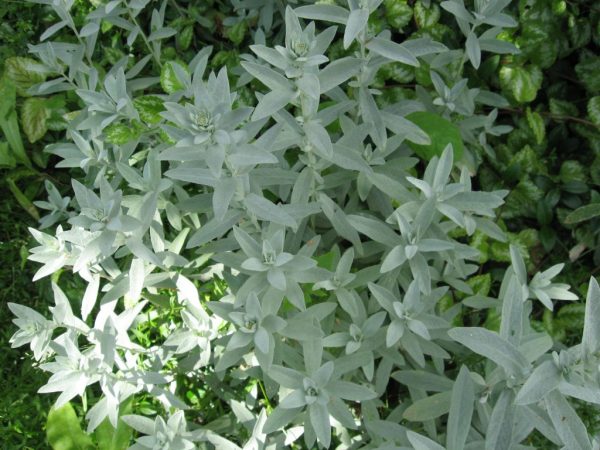

Wormwood has many varieties
Ludoviciana. Tall bush with long roots. Blooms from August to September. It is also subdivided into subspecies:
- Valeri Finning - grows up to 80 cm. Branches poorly. It has short shoots. Endowed with gray leaves and a white top;
- Silver Queen (Silver Queen) - grows up to 70 cm in height and strongly branches. Wormwood Louis Silver Queen is a very beautiful variety with silvery leaves. Many are planted in their gardens for decoration. Silver Queen is also attractive because there are ears at the base of the leaves.
Pontic wormwood. Perennial with long roots. It grows upward, reaching one meter. Blooms in August. And he gives the seeds in October. Reproduction of the Pontic variety is possible both vegetatively and by scattering seeds.
Pursha. Also a tall shrub - up to 70 cm. The stems are highly branched. The leaves are covered with hairs on both sides. Blooms in July.
Competitive selection
Let's get acquainted with the assortment of wormwood, which are resistant to the climate of central Russia, do not require special conditions and are highly decorative.
Wormwood Pursha
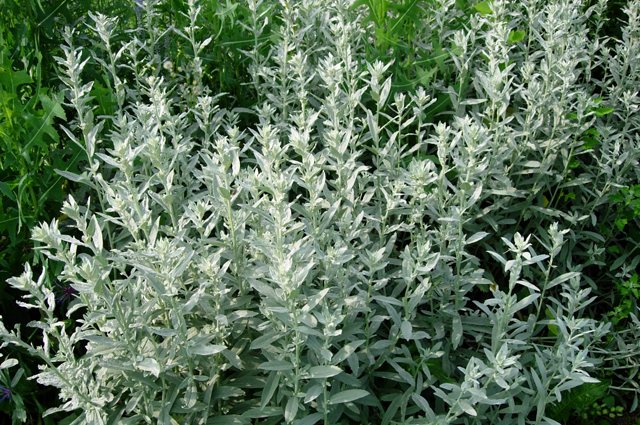

Wormwood Pursha. Photo: Alexander Kabanov
This is a pretty plant up to 60 cm high with elongated whole leaves. Due to their pubescence, they have a silvery color. This wormwood can always be trimmed, giving it a more regular shape, since it tolerates this procedure painlessly.
It actively grows due to long rhizomes.
Steller's wormwood
It has openwork cut leaves of a grayish-white color, which can persist in winter.Although this species is short (usually no more than 20-30 cm), its stems lodge.
It has long rhizomes, due to which a loose curtain is quickly formed.
Wormwood Schmidt
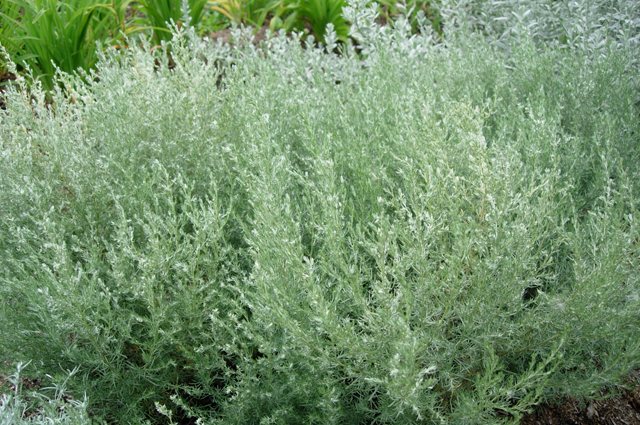

Schmidt's wormwood ‘Nana’. Photo: Alexander Kabanov
Forms compact, dense rounded bushes. The species is quite compact: its height does not exceed 30 cm. The foliage of this wormwood is even more graceful due to strong dissection - each leaf consists of many threadlike lobes. Their silvery-green color is also interesting.
The ‘Nana’ variety is suitable even for the smallest gardens: after all, its height does not exceed 15-20 cm.
Pontic wormwood
A plant with graceful pinnately dissected leaves with a slight silvery pubescence. This species is quite tall - up to 100 cm.
It actively grows, eventually forming large thickets.
Wormwood Louis
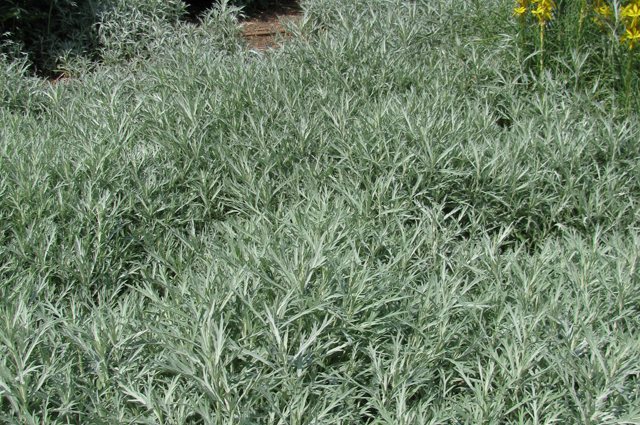

Wormwood Louis 'Siver Queen'. Photo: Alexander Kabanov
Interesting wormwood with a characteristic appearance. Its height usually does not exceed 60–80 cm. A distinctive feature is elongated silvery-gray whole leaves with teeth at the top. In addition to the natural species, there are varieties that differ in the size of the leaf blade, as well as the location and size of the denticles on the leaf. For example, ‘Valeri Finning’ has few cloves, so the plant has a more austere appearance overall. The 'Siver Queen' looks completely different with more elongated leaves (and the denticles on them are more pronounced). This openwork variety is fully consistent with its name - 'Silver Queen'.
Description of the plant
The wormwood of Louis was brought to us from North America. There she grew on the prairie. This perennial reaches a height of 80 centimeters and a width of 60 centimeters, growing rapidly. The bush lends itself well to shaping. Thanks to this, you can create various images on the site. Its upper part is gray-green. Gradually, towards the bottom, the plant becomes almost white.
The perennial has long rhizomes and strong stems, which are densely covered with silvery leaves. Leaf shape is oblong with finger-shaped segments. The bright sun gives it a special appeal. If we talk about flowering, then it is not expressive and unremarkable. It occurs in the form of ejection of cream-colored inflorescences.
Wormwood Louis has a pronounced aroma. Parts of the plant are bitter in taste. This indicates toxicity, so you should not allow any part of it to be swallowed.
Wormwood


Wormwood. Photo: Alexander Kabanov
Tall (up to 120 cm) plant with large pinnately dissected silvery-green leaves. This wormwood is absolutely unpretentious, quickly forms large clumps. For a long time, its decorativeness was not paid due attention, considering it, at best, a medicinal plant, and at worst, an ordinary weed. But it is this wormwood that is especially good in the form of a large tapeworm against the background of a lawn; there is a place for it in the now fashionable natural gardens.
Common wormwood, or chernobyl
It does not differ in particular decorativeness: it is really a weed, which is also difficult to get rid of - its root system is too powerful, and self-seeding is very abundant. In addition, the Chernobyl is too high - up to 200 cm. But on the basis of this species, a wonderful golden variety 'Janlim' was obtained, especially spectacular in the spring (in summer, the color fades noticeably). The advantage of both the species and the varieties is complete resistance, which is very important in our difficult climate.
Reproduction
God's tree, the description of which will surely induce to plant it on its site, multiplies in two ways. The first is the seeds. They ripen and are tied only in the southern regions. Therefore, getting high-quality seed is not easy.To begin with, they are planted in suitable containers for seedlings. After that, young plants can be planted in open ground. It is better to do this in the spring, when the earth warms up enough. So, the process of adaptation of the plant will pass better, and in the future it will grow and develop well. The second way is vegetative. That is, wormwood is propagated by dividing the bush or by cuttings.
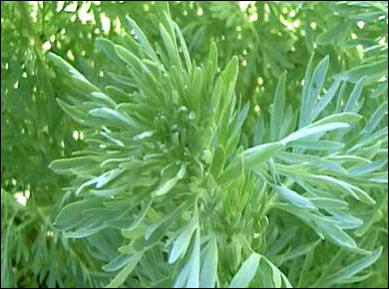

In the summer, when the plant is most active and grows well, green cuttings are cut from it. Wet river sand is poured into the pot and shoots are planted there. Then they are covered with a glass jar and placed in the shade of the garden. It is necessary to spray the plant regularly by opening the jar. After a month, the cuttings should take root. After that, they are planted in a permanent place. After two years, with proper care and favorable conditions, the plant will already represent an adult, beautiful bush. Another method, simpler but less effective, is cuttings in early spring. Cut off the shoots until leaves appear and place them in water. After a while, when the roots appear, the cuttings are planted in the ground. You can immediately plant them in a permanent place without waiting for the roots to appear, but this reduces the chances of a good result.
Fragrant "modest"
Separately, it is worth mentioning another type of wormwood - tarragon. It does not differ in particular beauty, but if you grow not only decorative, but also useful plants, you should definitely get this species. On its basis, the drink "Tarhun" is made. In addition, the shoots and leaves of this wormwood can be added to various dishes to give them a peculiar spicy aroma.
Tarragon is more capricious than other wormwood. Warm, damp winters are especially dangerous for him - the plants can vanish.
Planting and leaving
God's tree, like other types of wormwood, is unpretentious in care.
It grows quietly in poor and rocky soils. Good watering is a prerequisite, especially on hot days.
Location and ground
At home, a dill tree can be planted in the garden, vegetable garden. You can use it as a garden bush in landscaping.
The plant is in one place for 7-10 years.
The soil is suitable neutral, without high acidity. Before planting, the soil is fertilized with organic and mineral complexes.
The lemon tree goes well in flower beds with:
Roses
Spirea
Jasmine
Hydrangea
Required parameters:
Suitable soil
Adequate lighting
No drafts
On a note!
God's tree grows well along fences and buildings.
Lighting and draft protection
These shrubs love to receive a lot of sun.
Direct sunlight promotes the accumulation of essential oil in the leaves and stems.
Also, with an abundance of light, the bush grows lush and greener.
In shaded areas, the bushes grow slowly, do not branch, but stretch in height.
Strong winds and the presence of drafts are detrimental to lemon wormwood. Spreading lily shoots become brittle and can break from the wind or scatter the bush in different directions.
Therefore, hedges and fences will serve as a good fortification here.
Humidity and watering
Water the bushes of the divine tree as the upper soil dries, once every 10-14 days.
It is recommended to huddle the stems to retain moisture.
Many or few?
Not all wormwood can boast of decorativeness, although in most species (and there are only several hundred of them), the leaves are quite attractive. In the countries of Western Europe and the USA, more than 50 species are used to decorate gardens, and on the basis of some of them, various varieties have been obtained. Our assortment of these plants is much more modest. There are several reasons for this. Firstly, not all wormwood can be grown on ordinary garden soils - some need special conditions.For example, mountain species grow successfully only on special raised ridges or retaining walls: with such a planting, the plants do not have problems with damping off. Secondly, the demand for these plants among our gardeners is still insufficient, although, most likely, this is temporary.
Growing rules in your garden
Ornamental wormwood is considered a rather unpretentious plant and feels fine in light soils in well-lit places. However, it will die very quickly in clay soil. In the spring, you need to choose a planting site, carefully dig it up and mix the soil with compost or other organic matter and sand. The plant can be planted immediately afterwards.
In order for the bush not to grow like a weed in the garden, it is necessary to limit the development of its rhizome. To do this, when landing in the ground, you need to dig in 30 centimeters of the curb tape. Another option is to grow the plant in separate containers or pots.
If you overdo it with watering, then you can influence the abundance of pubescence, and then the plant will lose its decorative effect. That is why it is necessary to water it only during prolonged drought; it is not worth sprinkling the foliage with water at all.
The plant can be affected by a disease called powdery mildew. This usually occurs during prolonged rainy weather. A special drug, a fungicide, will help to cope with the disease.
During the flowering period of the bush, it is imperative to remove all inflorescences, because the formation of ovaries will lead to the dispersion of seeds throughout the site.
Inner circle
Wormwood are excellent plants for a fragrant garden. If you add thyme, narrow-leaved lavender, sage, Fassen's catnip and monardo to them, you can create an amazing flower garden, where the grace of leaves and nobility of color will complement the spicy steppe aromas. In addition, all these plants have common growing conditions.
Wormwood is also good in a gravel garden or rockery, where wormwood add delicacy to brutal compositions of stone and compact conifers.
Wormwood is excellently combined with cereals, only the least moisture-loving species should be selected as partners for them: sod pike, which can grow both on dry and moist soils, giant spikelet, evergreen oat and gray fescue.
There is always a place for wormwood in classical flower beds, where it will successfully dilute the "flashy" plantings of peonies, irises or daylilies.


